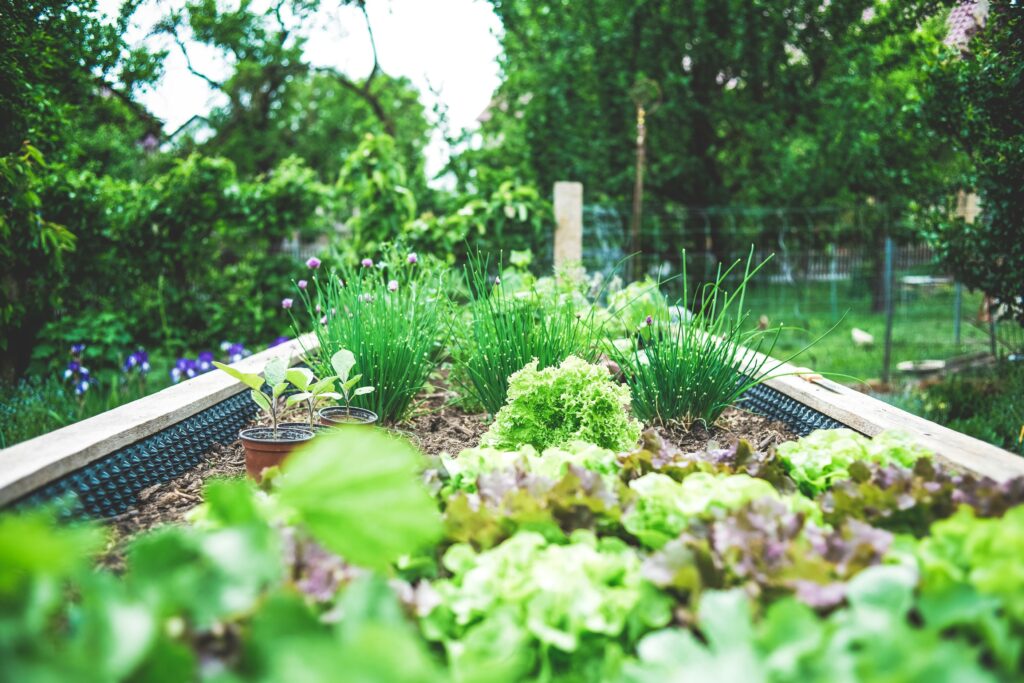Micro homesteading is a growing trend among people who want to live more sustainably, grow their own food, and reduce their reliance on commercial systems — all from the comfort of their own backyard. Whether you’re in a suburban neighborhood or even an urban area, micro homesteading makes it possible to embrace a simpler, greener lifestyle without owning acres of land.
What is Micro Homesteading?
Micro homesteading is a scaled-down version of traditional homesteading, where individuals or families use a small piece of land — sometimes as little as a backyard, patio, or rooftop — to produce food, raise animals, collect rainwater, and even generate energy.
This lifestyle is rooted in self-sufficiency, eco-consciousness, and the DIY spirit. It appeals to people who want to be more prepared for emergencies, reduce grocery costs, and know exactly where their food comes from.
Why is Micro Homesteading Trending?
Several factors are fueling this trend:
- Rising food prices and inflation
- Desire for healthier, home-grown food
- Climate change awareness
- Pandemic-era mindset shifts toward preparedness and independence
- Popular social media content showing urban farms, chickens, and container gardens
Apps like TikTok and Instagram have showcased how easy it is to grow lettuce in pots, raise quail in garages, or create compost from kitchen scraps. Micro homesteading is no longer a fringe idea—it’s becoming mainstream.

10 Steps to Start Micro Homesteading
Here’s a practical, step-by-step guide to help you start your micro homestead, even if you live on a tenth of an acre or less.
1. Set Your Intentions
Decide why you’re doing this. Do you want to save money, eat healthier, reduce waste, or become more self-reliant? Your goals will shape your layout, priorities, and budget.
2. Assess Your Space
Whether it’s a backyard, balcony, or side yard, measure your available space. Look at:
- Sun exposure
- Drainage
- Wind protection
- Local regulations or HOA rules (especially for livestock or large structures)
3. Start a Small Garden
Begin with what grows easily in your region. Use raised beds, containers, or vertical planters. Focus on high-yield, fast-growing crops like:
- Leafy greens (kale, lettuce, spinach)
- Herbs (basil, mint, oregano)
- Tomatoes and peppers
Grow from seed or use plant starts for quicker results.
4. Create a Compost System
Turn kitchen scraps and yard waste into rich, organic fertilizer. Options include:
- A simple compost bin
- Worm composting (vermicomposting)
- Bokashi (great for apartments)
This step reduces landfill waste and boosts soil quality.
5. Collect Rainwater
Install rain barrels or IBC tanks to collect water from your roof gutters. Rainwater is great for irrigation, reduces your water bill, and promotes sustainability.
Check local laws — some areas restrict or regulate rainwater collection.
6. Add Backyard Chickens or Quail
Small livestock like chickens or quail provide fresh eggs, pest control, and compostable manure.
- Chickens need a secure coop and about 2–3 sq ft per bird.
- Quail are quieter, space-efficient, and perfect for urban homesteads.
Always check local ordinances and noise rules.
7. Preserve Your Harvest
Once you start growing more than you can eat, preserve your bounty with:
- Canning
- Dehydrating
- Freezing
- Pickling
Even a small garden can produce enough food to store for winter.

8. Build a DIY Tool Kit
You’ll need some basic tools to succeed:
- Pruners
- Trowel
- Watering can or hose with timer
- Compost thermometer
- Seed starting trays and grow lights (for colder climates)
Invest in quality, multipurpose tools over time.
9. Learn Skills & Join the Community
Take time to learn:
- Companion planting
- Succession planting
- Natural pest control
- Seed saving
Join online forums, Facebook groups, or local garden clubs. The homesteading community is active and supportive.
10. Scale Slowly and Celebrate Small Wins
Avoid burnout by taking it slow. Add one new element per season (like bees, mushrooms, or aquaponics). Track your savings, harvests, and lessons learned in a journal or spreadsheet.
Celebrate your wins — the first ripe tomato, the first egg, or your first compost pile turning into black gold.
Final Thoughts
Micro homesteading isn’t about perfection — it’s about progress. Whether you want to reduce your carbon footprint, prepare for emergencies, or simply enjoy fresher food, this lifestyle offers freedom, fulfillment, and resilience.
You don’t need a farm to become a homesteader — you just need to start.


